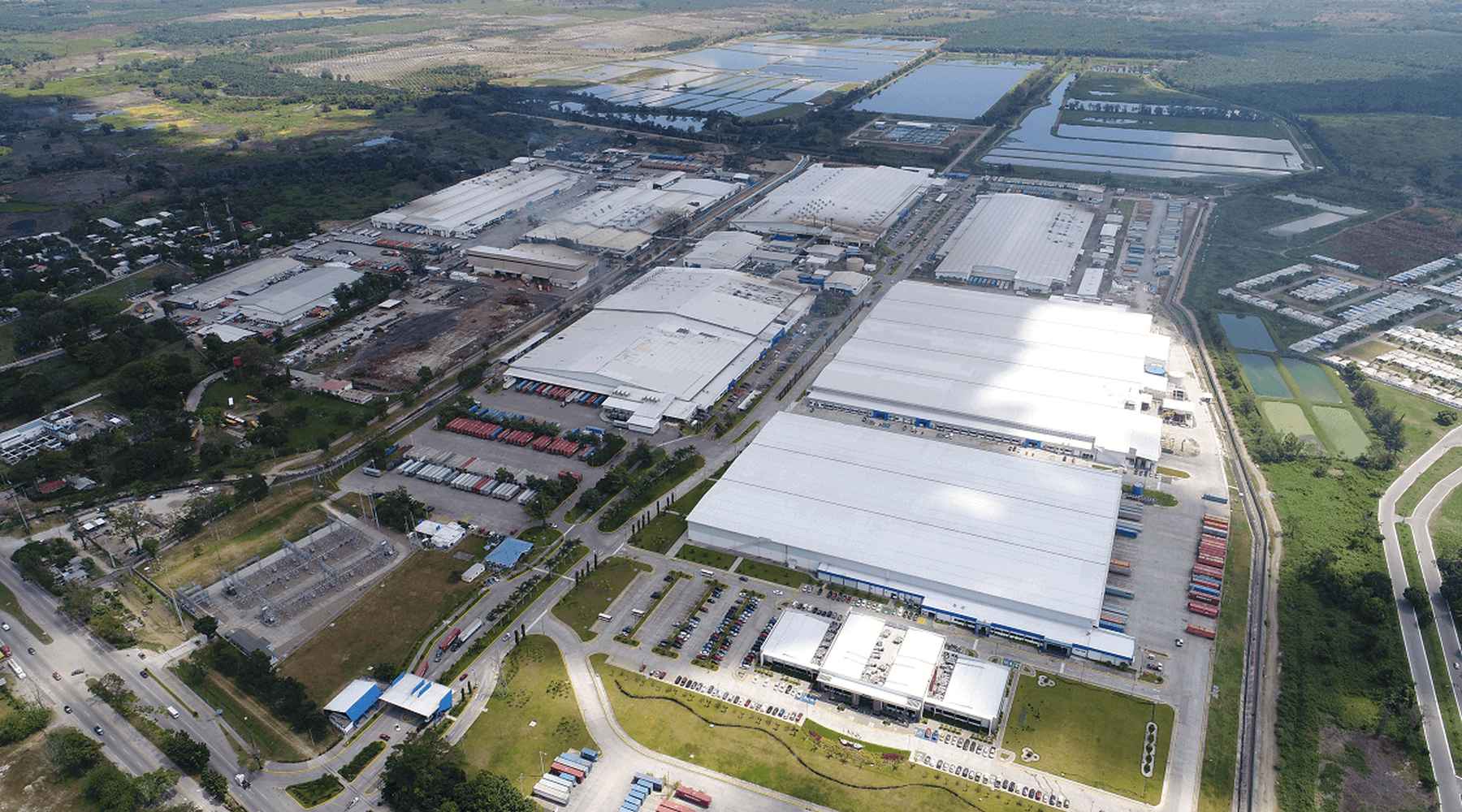Oversight for a better business
Gildan was founded on the belief that owning our factories and controlling every step in the process was the best way to make great apparel. Starting from spinning our own yarn, all the way to assembling the final garments and distributing our products, our vertically integrated business model gives us unparalleled oversight of our operations, helping us integrate innovative and sustainable solutions across our entire value chain.

The power of vertical integration
of our supply chain, leading to better governance and more control over operations.
by applying highly standardized and cost-effective processes across our operations.
in our supply chain through direct control and ownership of the production cycle.
Vertical integration at Gildan
Gildan's vertical integration includes the vast majority of our apparel production cycle, which begins after sourcing raw materials for our clothes. Our main raw material is cotton, which we source from the U.S. where it is sustainably and ethically grown and harvested. After selecting and purchasing the cotton, it is sent on a journey across four stages throughout our operations:
A look inside our supply chain
The benefits of vertical integration on ESG
With unparalleled visibility over our supply chain, we can better identify opportunities to optimize our business and integrate innovative solutions across our tier 1, 2, and 3 processes. This unique business model has been one of the founding principles to our success and a key driver behind Gildan’s low-cost model, long-term growth strategy, and commitment to environmental, social, and governance (ESG) practices.

What is vertical integration?
Vertical integration occurs when the supply chain of a company is owned and operated by that company, allowing it to directly control the stages in its production cycle as opposed to outsourcing them to external contractors or third-party facilities.




